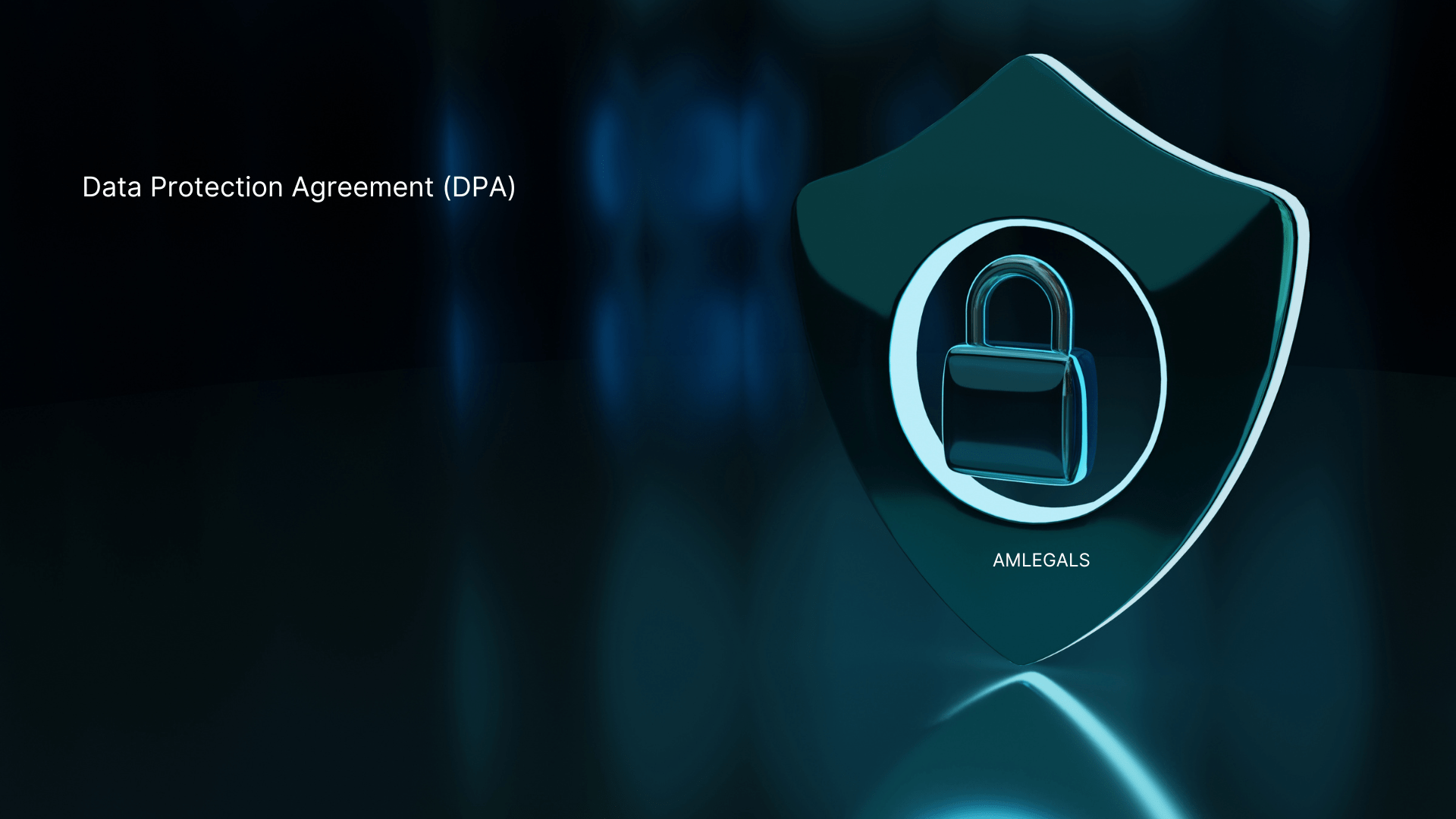
How to Make a Data Protection Agreement for SaaS?
Creating a Data Protection Agreement (DPA) for a SaaS (Software as a Service) offering is a critical step to ensure compliance with data protection laws and safeguard both parties’ interests. Given your background in Data Protection Law, you’ll appreciate the complexity and importance of this document.
Here’s a comprehensive guidelines on how to go about it:
Preliminary Steps
- Identify Stakeholders: Determine who will be involved in the agreement—typically the SaaS provider and the customer.
- Legal Consultation: Consult with legal experts familiar with data protection laws relevant to your jurisdiction and industry.
- Regulatory Review: Understand the regulations that apply to you, such as DPDPA in India, GDPR in Europe, CCPA in California, or India’s Personal Data Protection Bill.
Key Components of a DPA
Introduction and Definitions
- Purpose: Clearly state the purpose of the DPA.
- Definitions: Define key terms used in the agreement.
Scope of Data Processing
- Types of Data: Specify the types of data that will be processed.
- Purpose of Processing: Clearly state why the data is being processed.
Data Protection Measures
- Technical Measures: Describe the technical safeguards, such as encryption and firewalls.
- Organizational Measures: Outline the organizational measures like staff training and access controls.
Compliance and Audits
- Regulatory Compliance: State the regulations with which the DPA complies.
- Audit Rights: Specify the rights of each party to conduct audits.
Data Subject Rights
- Access, Rectification, and Deletion: Describe how data subjects can exercise their rights.
Data Transfers
- Cross-Border Transfers: If data will be transferred across borders, specify the safeguards.
Breach Notification
- Notification Procedures: Outline the steps to be taken in the event of a data breach.
Termination and Data Return/Destruction
- Termination Clauses: Specify the conditions under which the agreement can be terminated.
- Data Return/Destruction: Describe how data will be returned or destroyed upon termination.
Liability and Indemnification
- Liability Clauses: Define the liabilities of each party.
- Indemnification: Specify the conditions under which one party must indemnify the other.
Miscellaneous
- Governing Law: Specify the jurisdiction and laws that will govern the DPA.
- Amendments: Describe how the DPA can be amended.
Best Practices
- Transparency: Be as transparent as possible about data processing activities.
- Clarity: Use clear and unambiguous language.
- Review: Regularly review and update the DPA to ensure ongoing compliance.
Checklist
- Consulted legal experts
- Reviewed applicable regulations
- Defined key terms
- Specified data types and processing purposes
- Outlined protection measures
- Included compliance and audit clauses
- Addressed data subject rights
- Detailed data transfer protocols
- Established breach notification procedures
- Defined termination clauses and data return/destruction policies
- Included liability and indemnification clauses
- Specified governing law
Red Flags
- Lack of clarity in data processing activities
- No provisions for audits
- Absence of data breach notification procedures
- No clear data return or destruction policies
By following the above, you can create a robust DPA that not only meets legal requirements but also builds trust with your customers. Always consult with legal experts to ensure that the DPA is tailored to your specific needs and compliant with relevant laws.
For any query or feedback, please feel free to get in touch with dataprivacy@amlegals.com or mridusha.guha@amlegals.com.
You may also like to understand the best global strategy in data privacy for SaaS. To know, please click on the link below:
